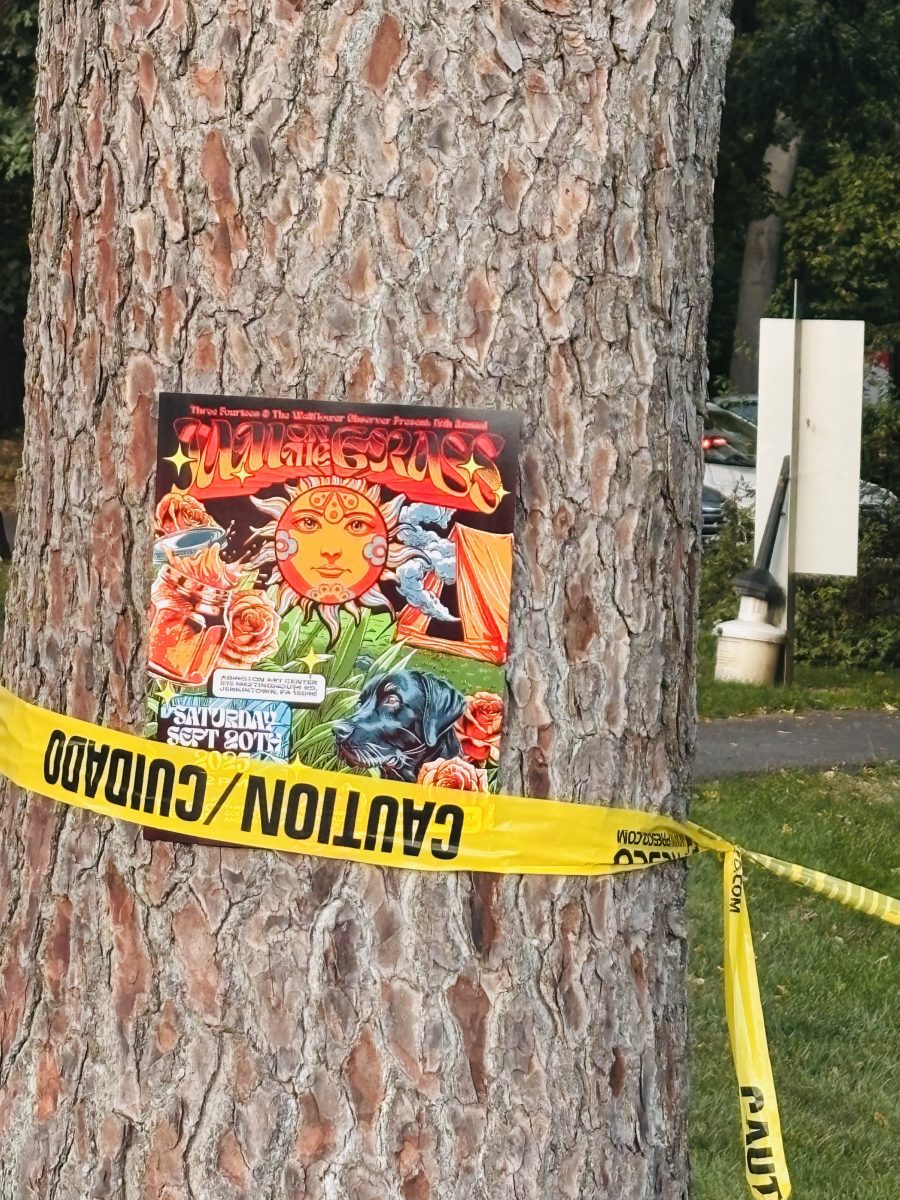by Shruti Pal
This Tuesday night, the Fillmore showcased two very unique artists.
The first of the two was Joywave, an electronic-indie band from Rochester, New York. Although the venue was far from filled, Joywave’s energy definitely resonated all the way to the back of the room. There was a small, but supportive group of fans at the front who loyally danced and sang along to all their songs, from classics such as “Somebody New” to less popular songs such as “Now”. Although they have been in the business for almost five years, it is their recent release of debut album How Do You Feel Now that has put them in the alternative music spotlight.
Joywave served as a wonderful reminder of why everyone loves upcoming artists. Once upcoming artists pass that stage of awkwardness on stage (which Joywave almost have done) their shows are a pure display of effort, technical mastery, energy, youth, and life in the moment. They also took the show as a marketing opportunity by asking the audience to remember their name, sharing their excitement about having their music featured in the new Alice in Wonderland movie, as well as talking about playing on Seth Myers’ show next week.
Joywave’s vocalist Daniel Armbruster conducted the stage as if he had something to prove, and he had no difficulty in doing so. His sense of humor was also infectious. He commented on the height of Joywave’s drum riser in comparison to the headliners, which was four inches shorter. He joked about his voice being tired because of spending the night before at the Barbary in Philadelphia, as had been recommended by his friends. Although he showed absolutely no signs of either vocal or physical exhaustion, the same cannot be said about guitarist Joseph Morinelli. Morinelli appeared shy on stage for most of the set, until the last few songs when he seemed to get excited about some of his guitar parts.
The real star of the show was bassist Sean Donnelly. He played extremely well, while moving all over the stage. His bass was also all around his body, from above him, to behind him, to in front of him. He sang along to the songs, with an enthusiasm that forced you to live in the moment and live the song. Drummer Paul Brenner and keyboardist Benjamin Bailey were also consistently rocking out, not taking a second to rest. I am sure that many audience members who didn’t know of Joywave before left the show as Joywave fans.
And then, it was time for Metric. Their maturity and experience was evident throughout the spectacular light show. As vocalist Emily Haines began to sing super-hit “Help I’m Alive” she stopped less than a minute in, and requested to start over because she wasn’t feeling it. It requires a certain trust in your fans and confidence to be able to do that. Although the intricacies of some of the electronic music parts blurred together in the large venue speakers, the atmosphere of the concert was still an emotional experience.
Bassist Joshua Winstead and guitarist James Shaw put on Daft Punk-esque glasses while Haines came out in a neon cape to belt out their song “Cascades”, off of their new record Pagans in Vegas that came out last year. It was a good indicator of the musical direction in which the band were headed, similar to the direction their Toronto friends Stars are headed with their new music as well. Electronic, indie, but dark enough not to join the blend of upbeat wannabe electronic bands.
The show featured the Philadelphia Choir on an acoustic version of “Dreams So Real” which Haines dedicated to her late father who had written a poem of the same name. “I think this is going to help me and I hope it’s going to help you. Help me world, help me.” It was a very emotional moment for both the band and the crowd, as it built upon the mutual need for music between the audience and the band. Haines held the hands of four young girls from the choir to lyrically deliver the final lines: “Baby wherever you are, baby whatever you do, faster than you think, time staggers on.”
“Gold Guns Girls” was definitely another highlight of the show. It accentuated the constant theme of feminism and girl power that Haines had been bringing up over and over, and also featured James Shaw’s impressive command over his guitar with a final extended solo. An a capella version of “Combat Baby” reminded us of how beautiful and unique Haines’ voice really is. Her voice carried through the eye-pleasing venue, which had beautiful glass chandeliers hanging from the front.
Although Metric’s setlist proved to be too long to capture the attention of the small, but steady stream of people who began to leave after the seventy minutes, they definitely put on a genuine and exciting show.









